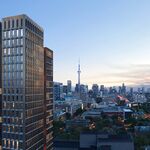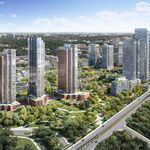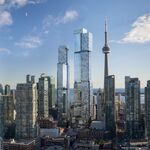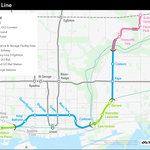What makes a good street? It's a question that's often overlooked when we discuss the numerous high-rise condo towers plugging into the city's vast network. Not to be ignored, Toronto's streets cumulatively account for 26% of the city's total area, roughly the size of North York, totalling a distance of about 5600km—a drive that will take you from Halifax to Vancouver. They are an integral and important part of the city, but currently lack a unifying vision for their design and implementation, instead relying on piecemeal excerpts from various planning documents and ambitious developments.
At last week's Design Review Panel, the City of Toronto presented their proposal for the Complete Streets Guidelines. The document introduces a system for designing 'Complete Streets' on all of Toronto's roadways, offering a holistic approach that encompasses all users, uses, wants, and needs of any street in the city. It is important to note that the document outlines an approach to street design, rather than concretely defining a template of a Complete Street, as it rightly acknowledges that there is no one-size-fits-all solution that applies to every road.
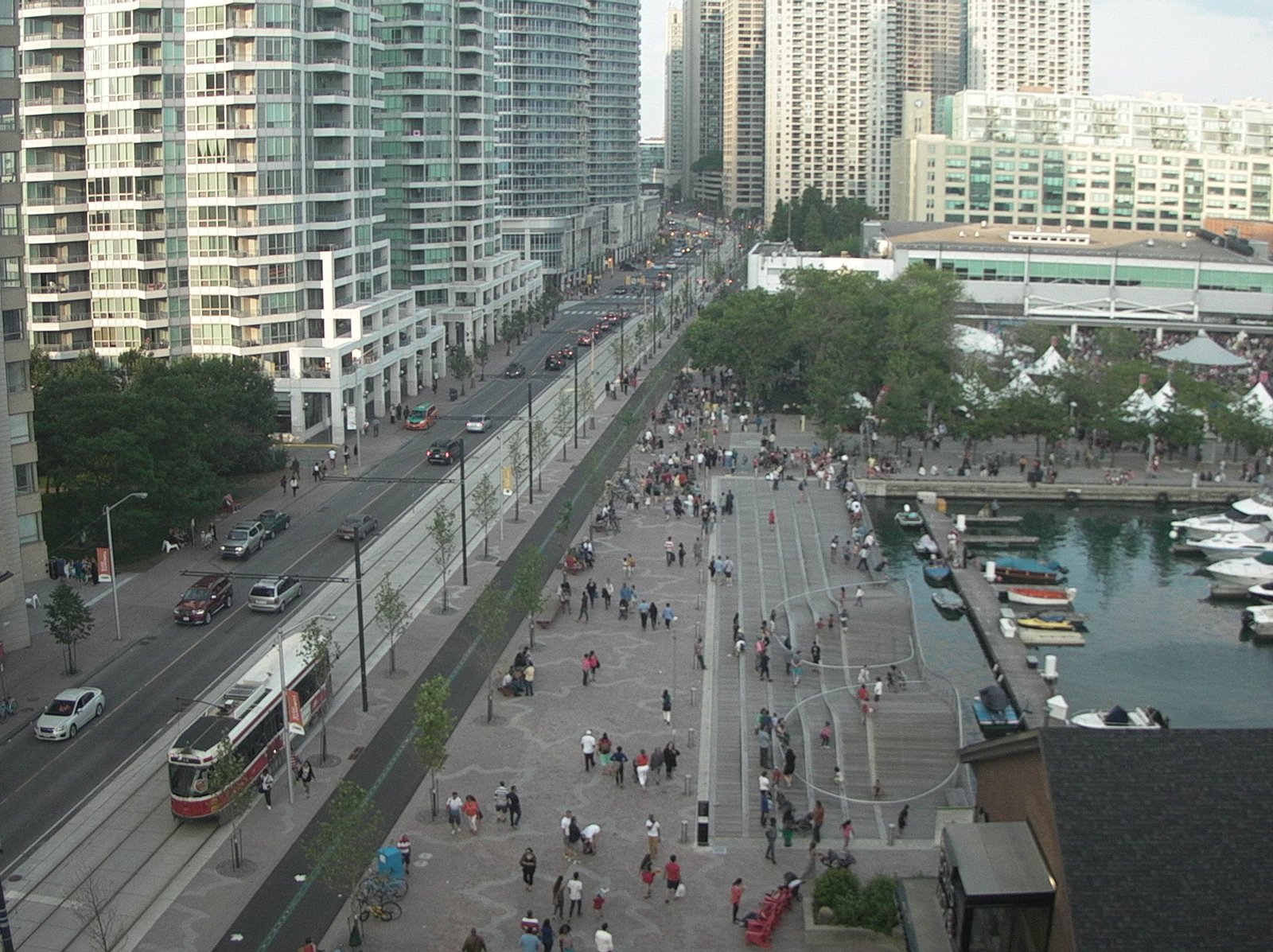 The Queen's Quay Revitalization embodies many of the Guidelines' objectives, image by Forum contributor AlvinofDiaspar
The Queen's Quay Revitalization embodies many of the Guidelines' objectives, image by Forum contributor AlvinofDiaspar
The Guidelines lay out their vision of what a Complete Street should be in three categories: Streets for People, Streets as Places, and Streets for Prosperity. Of the highest priority, and falling under the Streets for People category, is the safety and accessibility of people for all ages and abilities, which is held as the primary objective throughout. Other objectives for People include providing options for mobility, making connected city-wide networks of all travel modes, and promoting healthy and active living.
The Streets as Places category lays out objectives that rethink the street as a public space, rather than simply just a thoroughfare or transit link. The objectives aim to design streets as beautiful and vibrant public spaces, respond to local context, and improve environmental sustainability. The Streets for Prosperity category focuses on supporting economic vitality, enhancing social equity, and balancing flexibility and cost-effectiveness.
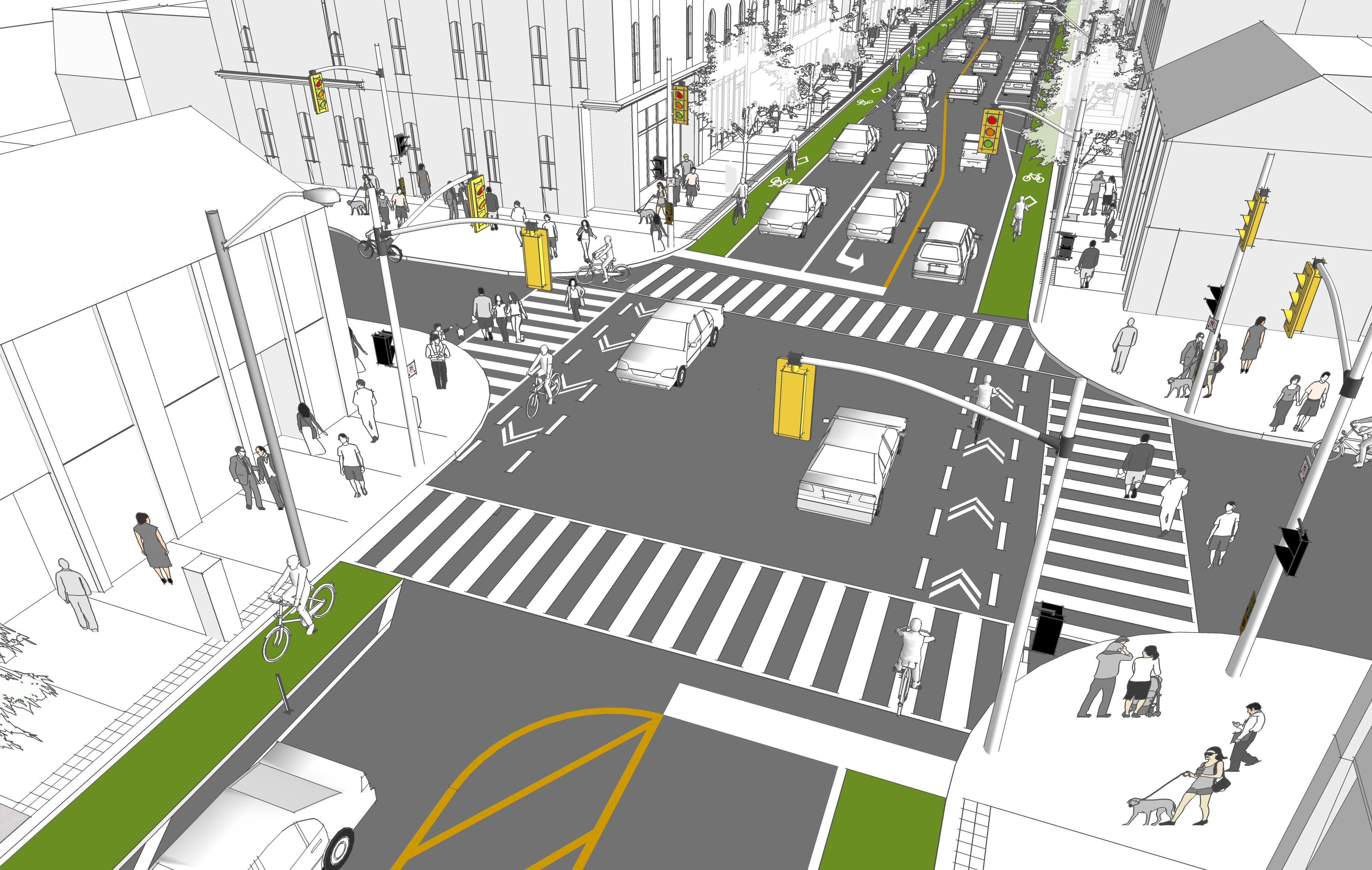 The proposed Bloor Street bike lanes follows many of the Guidelines' objectives, image courtesy of the City of Toronto
The proposed Bloor Street bike lanes follows many of the Guidelines' objectives, image courtesy of the City of Toronto
An important aspect of the Guidelines is the categorization of streets using the 'Link and Place' model, where a street is identified in terms of its mobility (Link) and livability (Place). A matrix lays out a variety of street types according to their current role as connectors and place-makers on a scale from low to high in both categories. Each street type carries its own unique characteristics, needs, and uses, and therefore requires different kinds of interventions and objectives in order to make it a Complete Street.
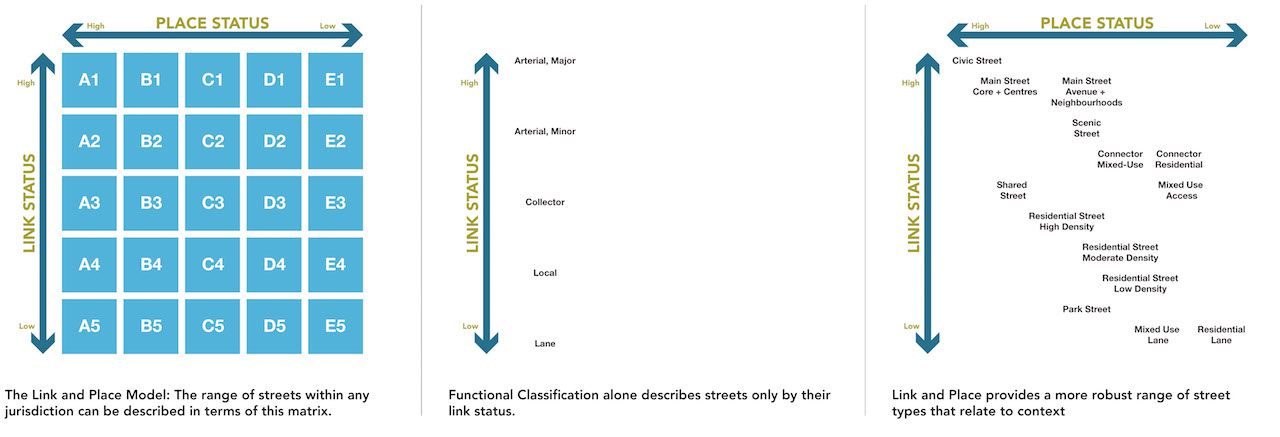 Diagram explaining the Link-Place model for street types, image courtesy of the City of Toronto
Diagram explaining the Link-Place model for street types, image courtesy of the City of Toronto
The Guidelines provide five key directives to establish a 'formal direction' that designers use as guidance when navigating the complex planning, negotiation, and design phase of building a street. These directives are: Safety, Place, Link, Greening, and Life Cycle & Maintenance. Each of these relates to the objectives outlined above to varying degrees, and they set out to establish a common thinking process that brings all components of street design into consideration.
Another notable aspect of the document is its breakdown of a street into three zones that designers must consider: the Sidewalk Zone, the Roadway Zone, and the In-Between Zone, which overlaps the previous two. The Sidewalk and Roadway Zones and more or less self-explanatory, but it is the In-Between Zone that is of particular importance, as it is the place of edges and boundaries where a majority of street elements, utilities, and furniture are often located, in addition to bicycle lanes, parking, and public transit stops. The document encourages designers to consider these three zones when assessing a Complete Street.
 Cross section of a street illustrating the three zones, image courtesy of the City of Toronto
Cross section of a street illustrating the three zones, image courtesy of the City of Toronto
The Complete Streets Guidelines will apply to all projects, regardless of scope or scale. Everything from utility work, sewer replacements, road resurfacing, tree planting, furniture installments, new sidewalk construction, or new building construction will all refer to the Guidelines to influence the design process. The document, once released, will be incrementally implemented on a project-by-project basis, until eventually it becomes the industry standard of reference for all street design in the city.
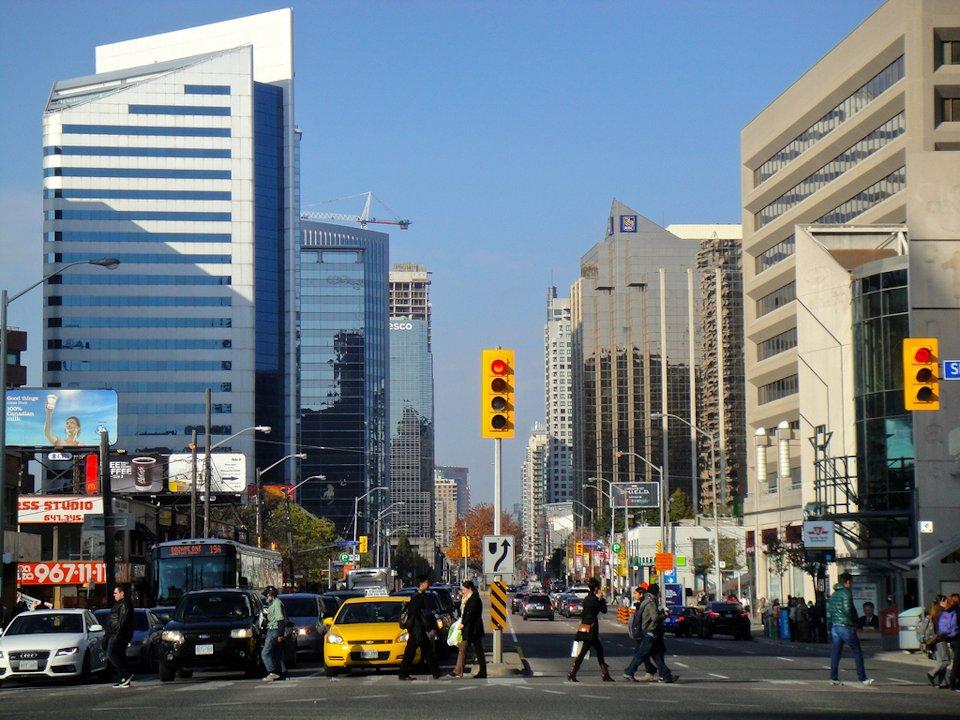 Busy Toronto intersection, image by Forum contributor Steveve
Busy Toronto intersection, image by Forum contributor Steveve
After hearing the comprehensive presentation at the Design Review Panel, the panel members heaved a collective sigh of relief, with many an exclamation of "Finally!" when offering their commentary on the proposal. After recounting their own personal experiences of running into difficulties and conflicts between differing priorities and points of view when it came to street design, they welcomed the document as a much-needed and refreshing upgrade to the City's planning objectives. Panelists offered a few suggestions to improve the intiative, including a greater role for utilities management within the Guidelines, and perhaps including a wider scope that outlines optimal processes for the design of adjacent public spaces connected to the street, or how new or existing buildings interact and play a role within a Complete Street. Overall, the proposal was received with open arms and much fanfare.
The Complete Streets Guidelines is near the end of its schedule for implementation. Beginning in late 2014 with a review of current policies and practises within the City of Toronto, it is currently in Phase 2, which includes a drafting of the principles and guidelines and a series of reviews and meetings with stakeholders, planning officials, and the public. Phase 2 wraps up in June 2016, with implementation of the final document slated for mid- to late-2016.
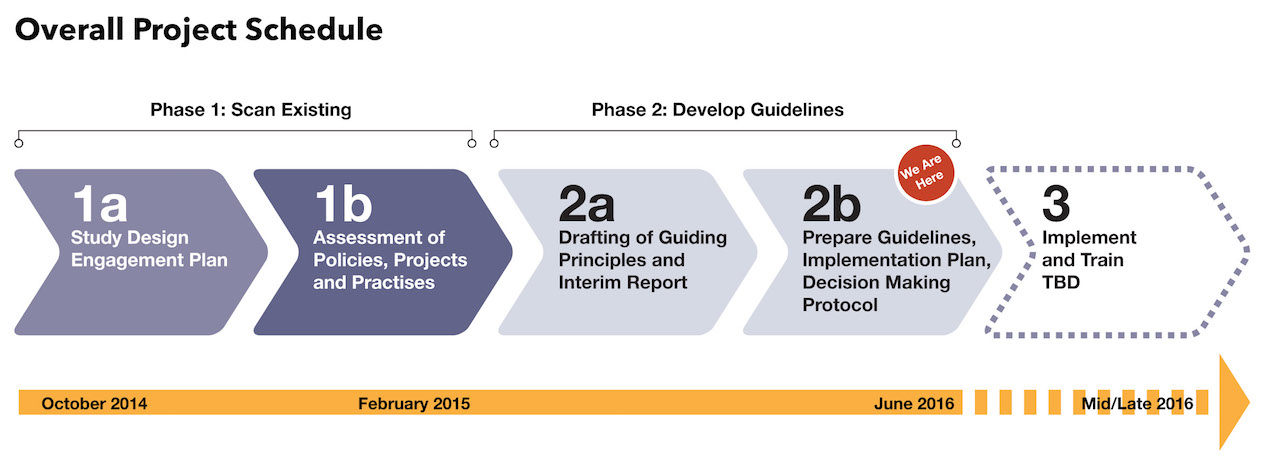 Project schedule, image courtesy of the City of Toronto
Project schedule, image courtesy of the City of Toronto
Want to know more about what the Complete Streets Guidelines has to offer? You can visit the official City of Toronto website, here, or contact the project team for more information. Want to get in on the conversation? You can join the discussion on our associated Forum thread, or leave a comment in the space provided on this page.

 3.2K
3.2K 





















